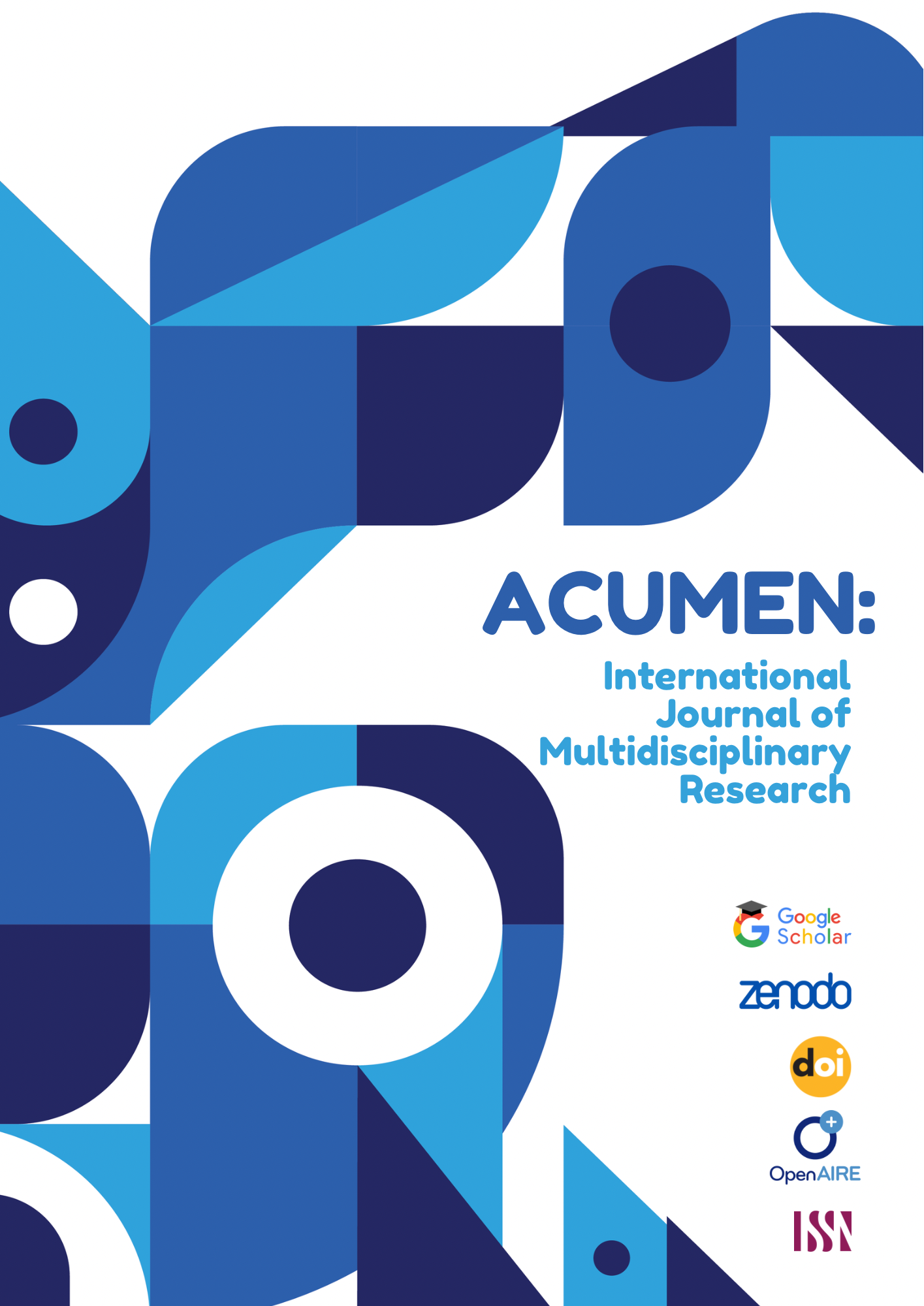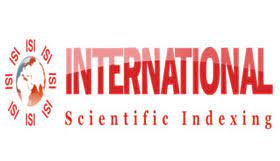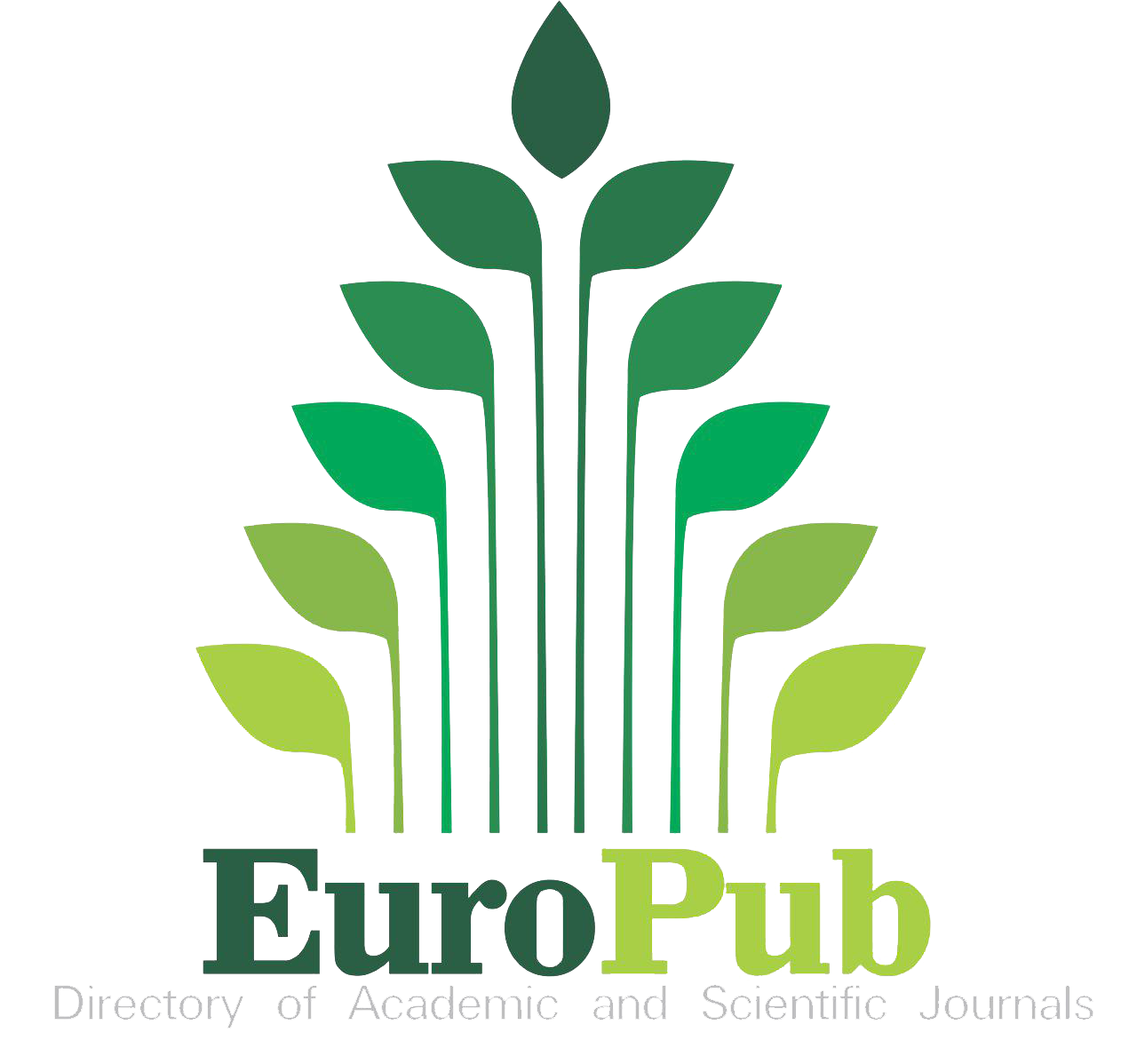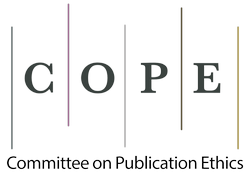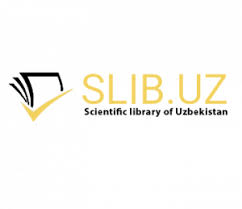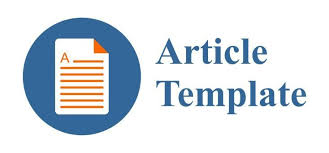LINGUISTIC DIVERSITY AND POVERTY
Keywords:
linguistics, diversity, poverty, multilingualism, education, economy, inequality, development, policy, language, mobility, employment, socioeconomics, communication, disparity, globalization, inclusion, opportunityAbstract
This paper explores the relationship between linguistic diversity and poverty, focusing on its socioeconomic and educational implications. While linguistic diversity can enrich cultural identity, it may also pose challenges in education, employment, and social mobility, particularly in multilingual regions with limited resources. The study examines how language policies, access to education, and economic opportunities interact with linguistic diversity to either mitigate or exacerbate poverty.
References
1. Piller, I. (2016). “Linguistic Diversity and Social Justice: An Introduction to Applied Sociolinguistics.” Oxford University Press. p. 7-9
2. Laitin, D. D., & Ramachandran, R. (2016). “Language Policy and Economic Growth.” Annual Review of Political Science, 19, 329-349.
3. Chiswick, B. R., & Miller, P. W. (2017). The Economics of Language: International Analyses. Journal of Economic Literature, 45(2), 456-487.
4. UNESCO. (2019). Global Education Monitoring Report 2019: Migration, Displacement and Education – Building Bridges, Not Walls. UNESCO Publishing. P. 15-17
5. World Bank. (2020). World Development Report 2020: The Role of Language in Economic Growth. Washington, DC: World Bank Group. P. 37-38
6. Sayyora, Kabilova. "Metaphor in Newspapers." JournalNX, vol. 7, no. 1, 2021, pp. 210-214.

